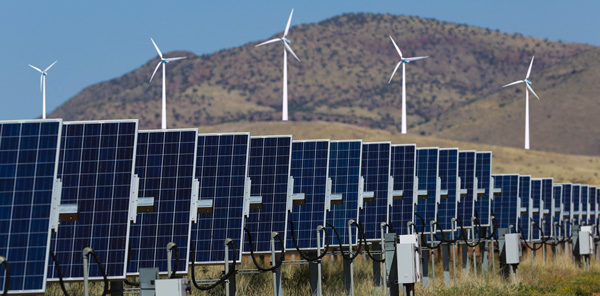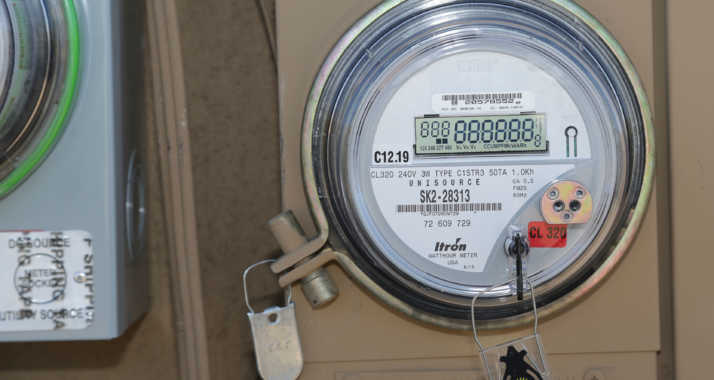FOR IMMEDIATE RELEASE
Jun 19 2015 12:00:00:000AM
News Media Contact: Joseph Barrios, (520) 884-3725, jbarrios@tep.com
TEP to Propose Revised Net Metering Plan in Request for New 2017 Rates
Tucson, Ariz. — Tucson Electric Power (TEP) plans to file a request later this year for new 2017 rates that will include fair-market pricing for the excess energy produced by rooftop solar arrays.
TEP plans to incorporate the revised net metering plan it proposed earlier this year for new users of rooftop solar power systems in that rate request. Accordingly, TEP withdrew its separate request for that change today.
“We’ll be proposing rates that recover our service costs more equitably, allowing us to expand our use of solar energy while preserving reliable, affordable electric service for everyone,” said David G. Hutchens, TEP President and CEO.
Current net metering rules provide TEP’s solar customers with bill credits worth roughly 11 cents per kilowatt-hour (kWh) for the excess energy their systems produce. That’s nearly twice as much as TEP pays for energy from large solar arrays, increasing costs ultimately borne by other customers.
Under TEP’s net metering proposal, the company would purchase excess output from rooftop arrays for the same price it pays for power from community-scale systems — currently about 5.8 cents per kWh. The plan would offer a fair price for excess energy while reducing the cost of solar energy for all customers, who ultimately pay for net metering incentives and other costs TEP incurs to provide service.
“Our customers shouldn’t have to overpay for excess energy from rooftop arrays when less expensive, more reliable solar options are available,” Hutchens said. “We can expand our community’s solar energy resources far more quickly and sustainably through more cost-effective options.”
TEP relies on larger, local community-scale resources for affordable solar power and helps individual customers secure solar energy for themselves through its Bright Tucson Community Solar Program and the new TEP Residential Solar Program.
“Our solar strategy is simple: get more solar energy for our customers’ dollar,” Hutchens said. “Paying more means getting less, and we believe our community wants more solar, not less.”
The proposed net metering change would not affect customers who have solar power systems already or those whose requests to connect new solar arrays to TEP’s grid were submitted by June 1, 2015. TEP intends to include that same proposal in its upcoming rate filing, though the Arizona Corporation Commission ultimately will determine what changes, if any, will affect current or future users of solar power systems.
In addition to the net metering proposal, the rates TEP will request later this year will reflect costs the company has incurred since 2011. Those costs include the purchase of an efficient natural gas-fired power plant to replace coal-fired resources as well as new solar arrays, investments in new infrastructure and other improvements. TEP will request that new rates take effect by Jan. 1, 2017. Other details about the proposal, including its potential impact on customers’ bills, have not been finalized.
TEP provides safe, reliable electric service to approximately 414,000 customers in Southern Arizona. Solar power plays an important part in TEP’s increasingly diverse generating portfolio. The company has approximately 330 MW of total renewable generating capacity, enough to meet the electric needs of about 70,000 homes. For more information, visit tep.com.
TEP and its parent company, UNS Energy, are subsidiaries of Fortis Inc., which owns utilities that serve more than 3 million customers across Canada and in the United States and the Caribbean. To learn more, visit fortisinc.com.






